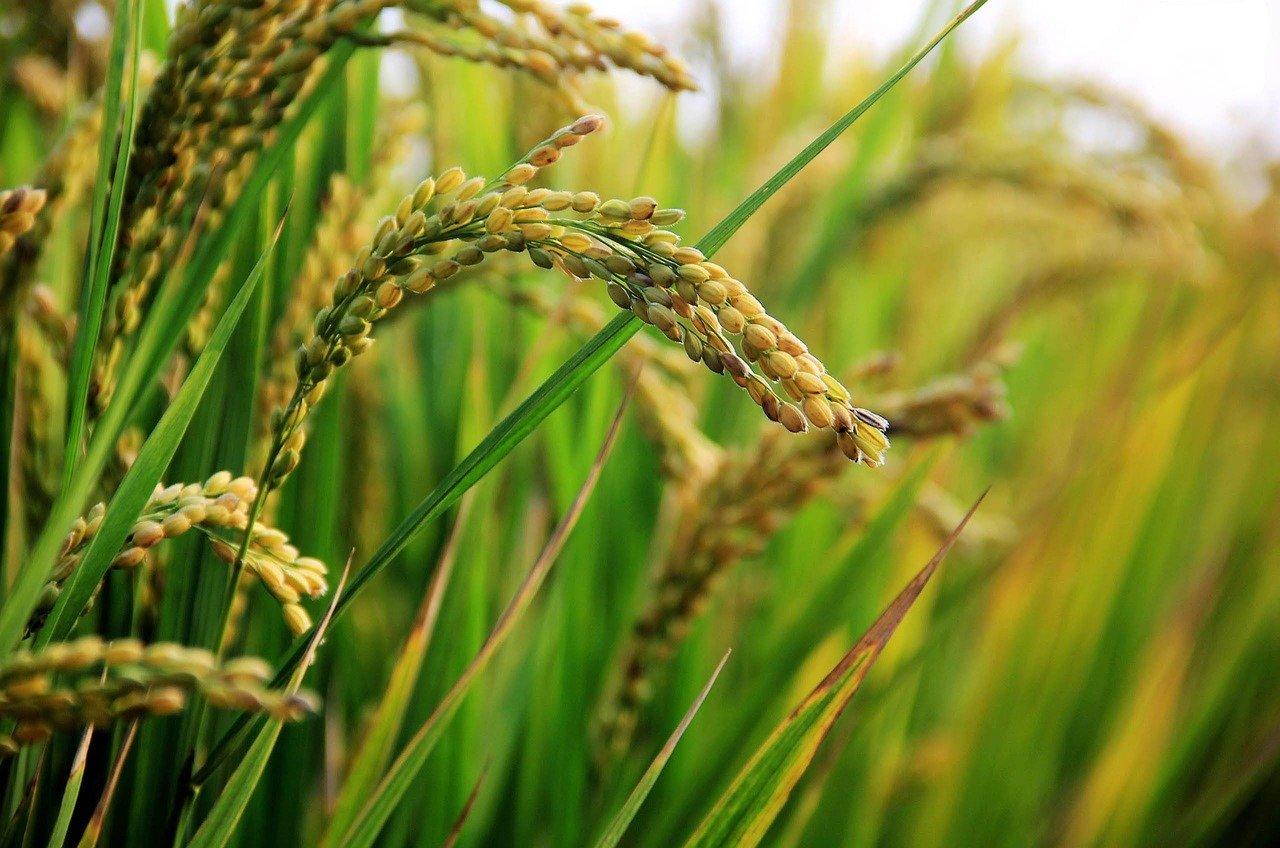Scientists at the University of Adelaide (Australia) and Shanghai Jiao Tong University in China have discovered two proteins in rice involved in pollen aperture formation which are essential in the successful pollination of flowering plants.
Their study, published in the Journal Nature Plants, was undertaken to better understand the molecular control of plant pollen aperture formation in rice, with a view to acquiring new knowledge to improve cereal productivity and ultimately benefit global food security.
Professor Dabing Zhang, Head of the University of Adelaide and Shanghai Jiao Tong University Joint Lab for Plant Science and Breeding, says the research reveals the importance of the aperture for rice grain yield and exposes the mechanisms controlling pollen aperture development in cereal species.
“Pollen apertures are portals on the surface of pollen which mark the site where the pollen tube emerges and allow water uptake, which are critical for pollen germination and agricultural yield,” Professor Zhang said.
“Different plant species vary in the size, shape, position and number of pollen apertures, but little is known about how these species-specific apertures form and what controls this process.
“In rice and other cereals, pollen develops a single circular aperture surrounded by a bulging ring-like area of raised and thickened exine (called the annulus) and covered by a lid of exine (called the operculum).”
The study found that the protein, OsDAF1, is essential for annulus formation and therefore for fertility. A second protein, OsINP1, was also found to be critical to aperture formation and pollen tube germination.
The second protein, OsINP1, also directs annulus formation in rice by interacting with OsDAF1. The localisation of OsDAF1 at the aperture site is disrupted if OsINP1 is not present, causing the disappearance of the entire aperture and resulting in male sterility.
Professor Dabing Zhang says the research provides important new knowledge that will benefit cereal breeding and the agriculture sector.
“Manipulation of pollen aperture formation and male fertility will be useful for developing new hybrid rice plants with high yield and better quality,” he said.
“This new knowledge could also be applied to other crop varieties to improve breeding outcomes.”
Read the paper: Nature Plants
Article source: University of Adelaide
Author: Kelly Brown
Image credit: Pixabay






